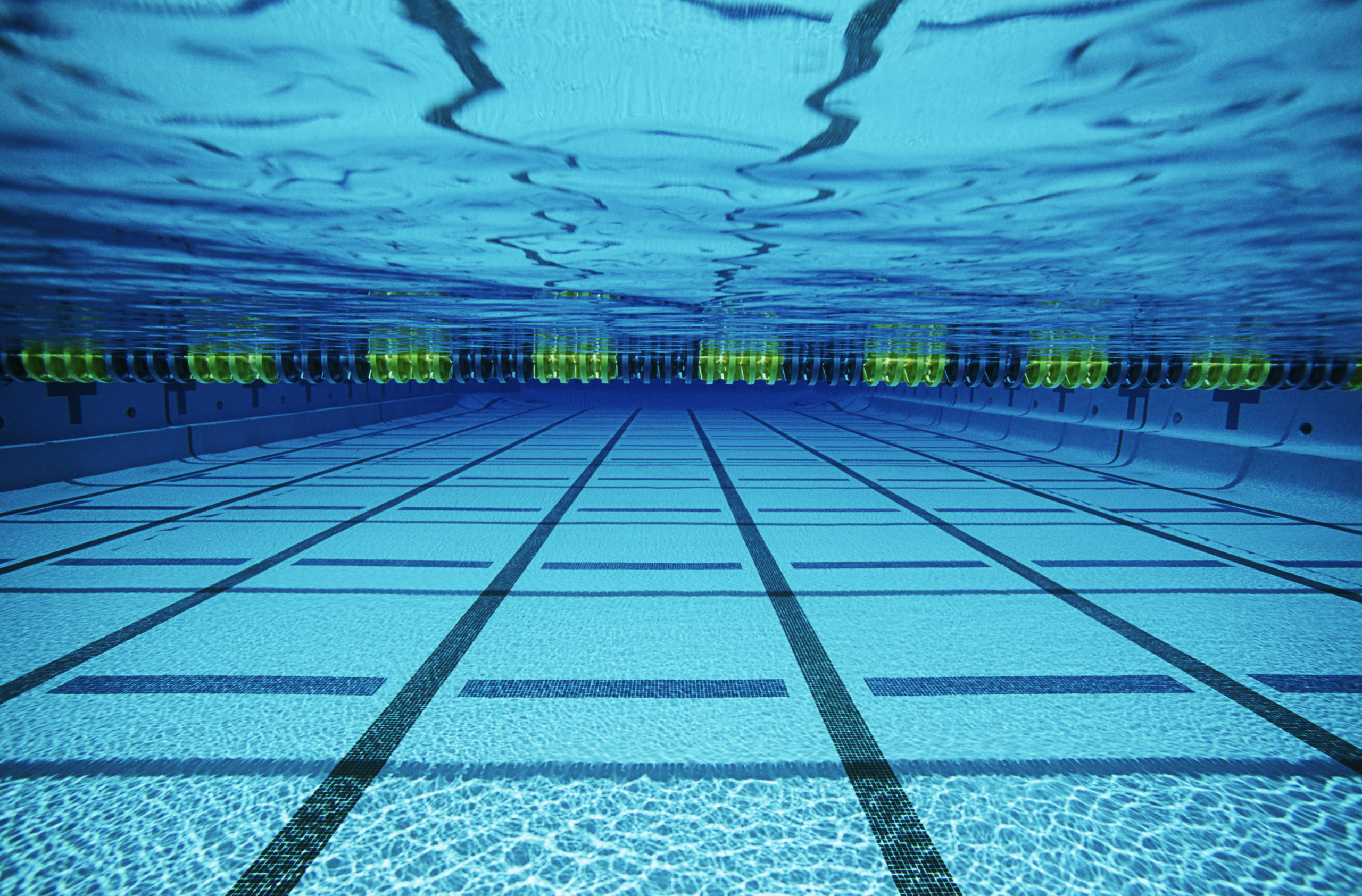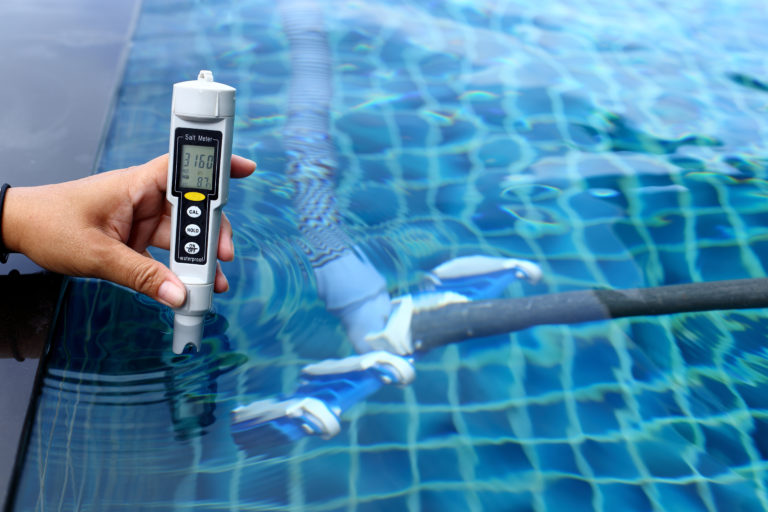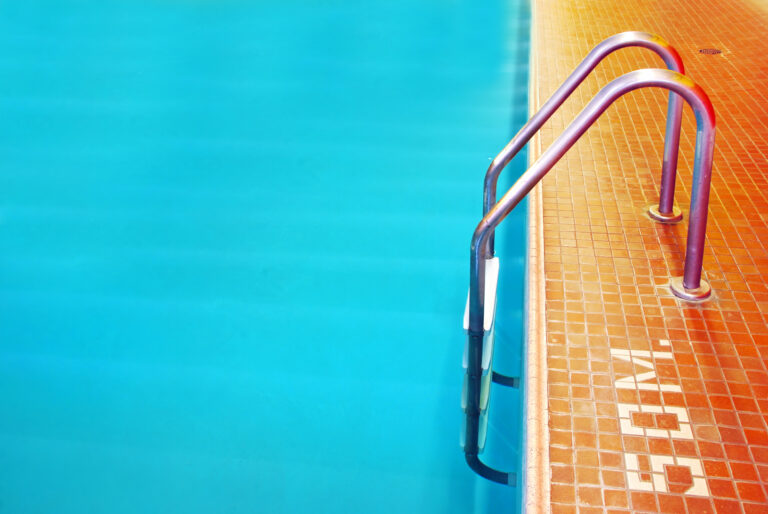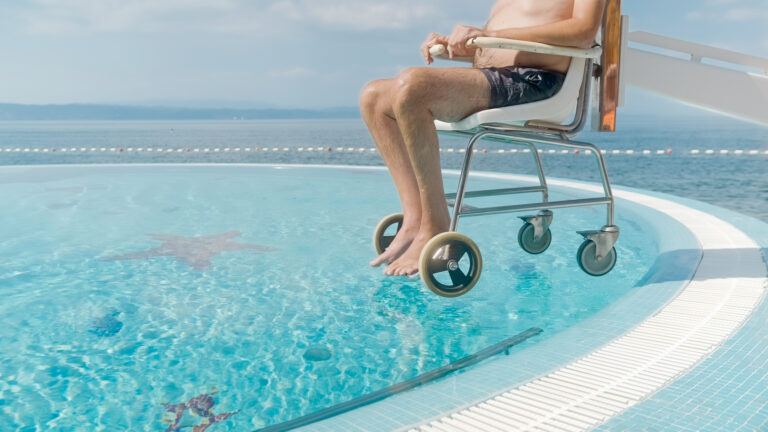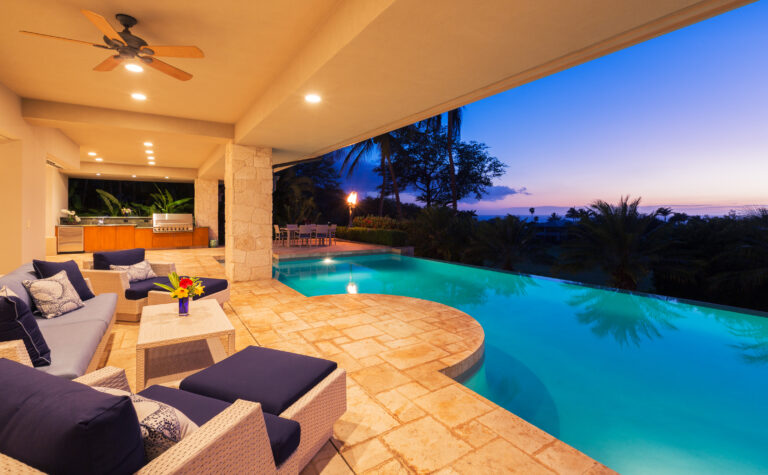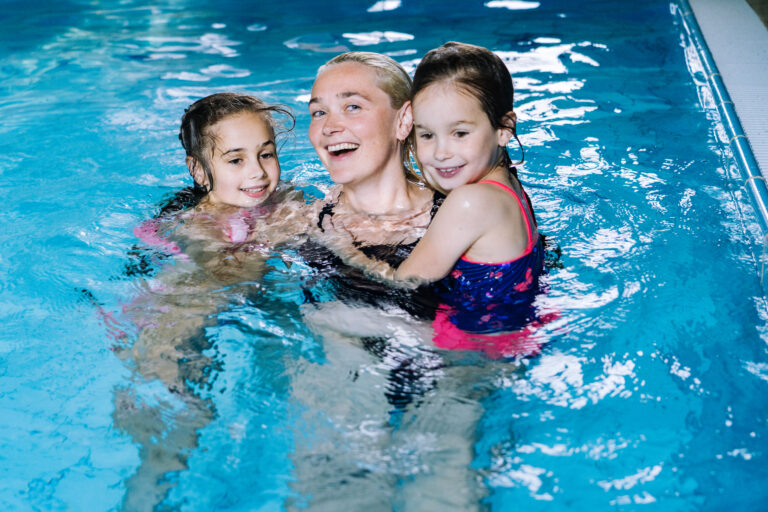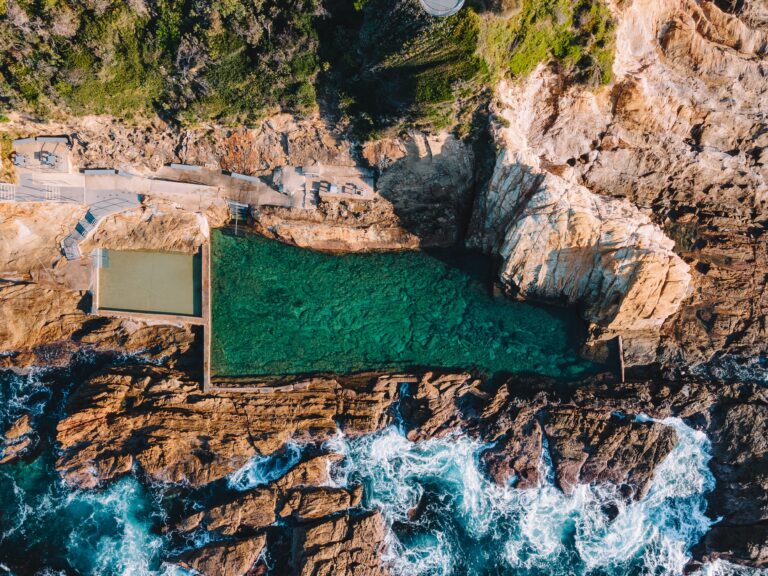Tips for Designing the Perfect Lap Pool
You’re planning to design the perfect lap pool, aren’t you? Well, you’ve come to the right place! This guide will give you everything you need.
We’ll discuss location, size, depth, materials and must-have features.
You’ll also learn about heating options, lighting enhancements, essential safety measures and tips for maintaining your pristine pool.
Let’s dive in!
Understanding the Basics of Lap Pool Design
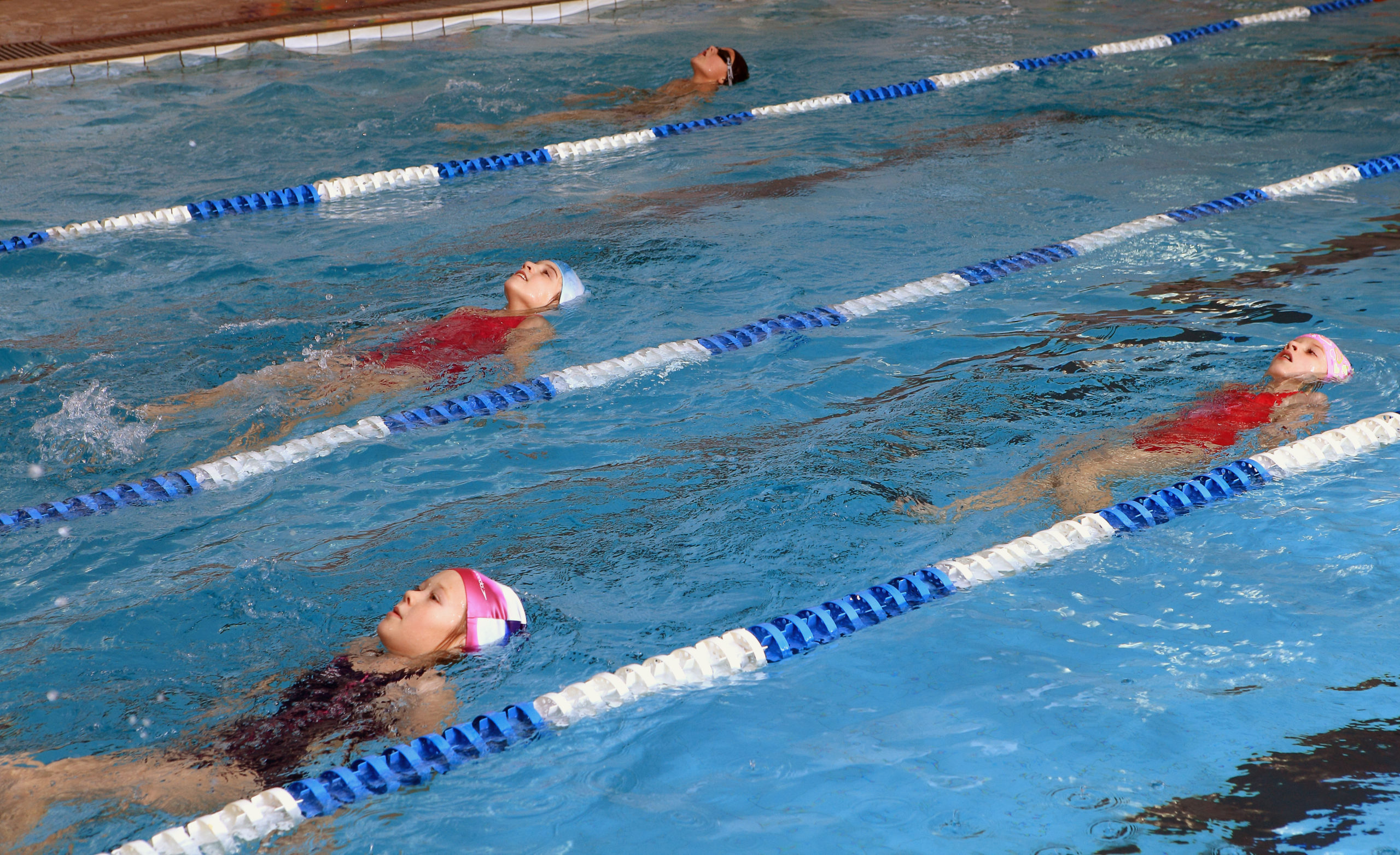
Before we dive in, it’s vital to understand the basics of lap pool design. This isn’t just about aesthetics; it’s about ensuring your pool is functional, accessible, and integrates seamlessly with your landscape.
First off, let’s talk about pool landscaping. You don’t want your swimming lane to stick out like a sore thumb in your backyard. That’s why you need to consider the surrounding area when planning your design. Are there trees that could drop leaves into the water? Is there enough space for deck chairs or loungers? Thinking about these details ahead of time will save you from headaches down the line.
Next up is accessibility design. If you’re going to put in the effort (and money) to install a lap pool, make sure everyone can enjoy it! Think about adding ramps or rails for those who might struggle with ladders. Additionally, consider the depth – if kids are going to be using this pool too, ensure parts of it are shallow enough for them.
Selecting the Ideal Location for Your Lap Pool
Choosing the right spot for your swim area’s a critical first step in the process. Pool orientation and surrounding landscape play crucial roles. You’ve got to consider which direction your pool will face. If it’s oriented towards the sun, you’ll have more natural light, but it might get too hot during summer.
Consider this table for guidance:
| Factor | Reason |
| Pool Orientation | To make sure there’s enough sunlight or shade according to preference |
| Surrounding Landscape | To ensure the pool complements the existing landscape and doesn’t require excessive maintenance due to falling leaves or debris |
The surrounding landscape also matters. A scenic view can enhance your swimming experience, but you don’t want trees too close- they could shed leaves into your pool! Also, remember that slopes can complicate construction.
So take some time to carefully analyze these factors: Walk around your backyard at different times of day, observe how sunlight falls on potential sites and think about what kind of view you’d enjoy while doing laps. It’s all part of making sure that when you dive in for that first swim in your new lap pool, it’ll be just perfect!
The Importance of Proper Pool Size and Depth
You’ve got to pay attention to the size and depth of your swim area, as these factors significantly impact its usability and safety. If you’re planning for some vigorous lap swimming, a minimum length of 25 meters is typically recommended. However, if space is an issue, you can opt for a smaller pool with a powerful jet system that creates resistance while swimming.
When considering Depth Variations, think about who’ll be using the pool. Deep pools are great for diving but pose a risk for children or non-swimmers. A shallow end provides Pool Accessibility to everyone while still allowing space for laps in the deeper section.
Here’s what to keep in mind:
– Size: Make sure there’s enough room not only for swimming but also lounging around poolside.
– Depth: Balance between deep sections suitable for adults and shallower areas safe for kids.
– Pool Accessibility: Include features like steps or ramps that ensure easy entry and exit from the pool.
Choosing the Right Materials for Your Lap Pool
When you’re selecting the materials for your lap pool, there are several key aspects to consider.
You need to think about durability and maintenance–you don’t want a material that’s going to deteriorate quickly or require constant upkeep.
Additionally, you must also take into account cost–do your chosen materials fit within your budget?
And finally, it’s important not to overlook environmentally-friendly options; sustainable materials can be both durable and cost-effective.
Material Durability and Maintenance
It’s essential to consider the durability and maintenance of materials when designing your perfect lap pool. Material sourcing is a critical step in this process. You’ll want to ensure that your chosen materials can withstand constant exposure to water and chemicals without losing their aesthetic appeal or functional integrity.
Durability testing comes into play here, allowing you to verify the long-term resilience of your selected materials. It’s not just about picking beautiful tiles, but making sure those tiles won’t crack or fade after a few swim seasons.
Cost of Pool Materials
Bear in mind that the cost of pool materials can significantly impact your budget, so you’ll need to factor this into your planning. Don’t make the mistake of skimping on quality for short-term savings, it’s a decision you may regret later.
Material sourcing is crucial in your budget planning. It’s not just about finding affordable options but also ensuring they’re durable and suitable for long-term use. You don’t want to end up with a beautiful pool that requires constant repair or replacement parts because the materials weren’t up to par.
Eco-friendly Material Options
You’ll also want to consider eco-friendly material options for your pool, as they’re not only better for the environment but can also be cost-effective in the long run. Materials sourced from sustainable practices should always be on your radar. These include recycled glass or plastic tiles that are equally durable and visually appealing.
Look out for suppliers with green certifications, verifying their commitment to environmental responsibility. It’s crucial to ask about this because it affirms that the materials you’re getting have a minimal ecological footprint.
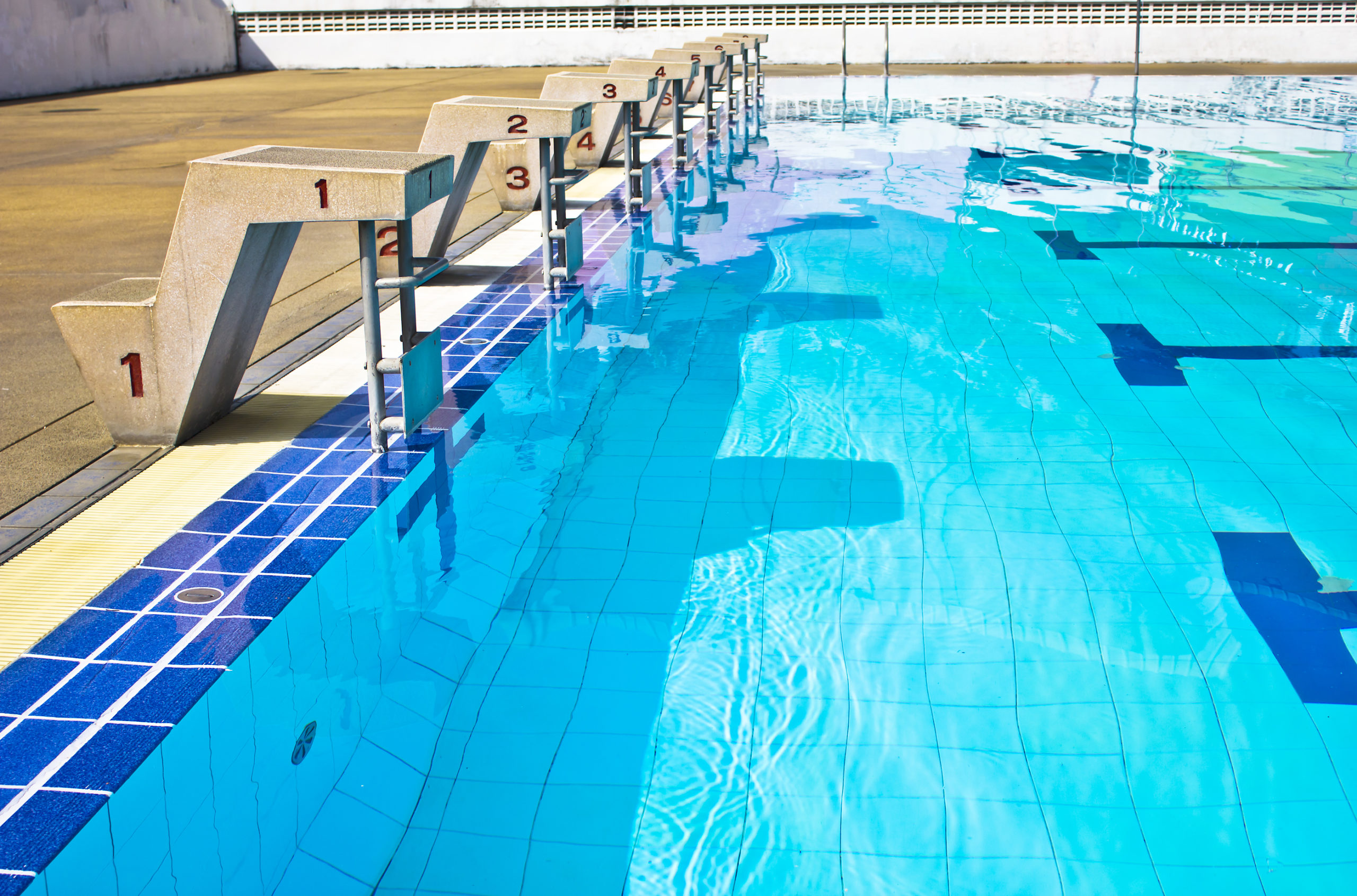
Designing for Functionality: The Must-Have Features
You’re creating your own lap pool, but it’s not just about making a splash in the neighborhood. It’s essential you prioritize functionality over aesthetics, focusing on features that enhance performance and efficiency.
We’ll be discussing key elements that should be at the forefront of your design process, ensuring your lap pool serves its primary purpose – fitness and fun without compromise.
Essential Lap Pool Features
In choosing the essential features for your lap pool, it’s important to consider both functionality and aesthetics. One crucial aspect is pool accessibility. You want an entrance that’s easy to navigate, whether you’re stepping in for a quick dip or gearing up for intensive lap training.
Opt for non-slip decking and steps with handrails if safety is a priority. A shallow end is also great for cool-down laps and beginners still getting used to the water. For those serious about lap training, consider installing lane markers to keep your path straight during long swim sessions. And don’t forget lighting – not only does it add ambience, but it lets you train safely when evening rolls around.
Functionality Over Aesthetics
Having covered the essential features for your lap pool, let’s now turn our attention to an equally important aspect – placing functionality over aesthetics. While it might be tempting to focus on making your pool visually appealing, remember that swimmer comfort should always be at the forefront of your design decisions. To ensure this, choose pool accessories that are both functional and comfortable. Opt for non-slip surfaces around the pool area for safety. Consider installing underwater lighting for night-time swimming. Think about a heating system to maintain a pleasant water temperature.
Design for Efficiency
Let’s delve into the importance of efficiency in your pool layout, as it can greatly enhance your swimming experience. Your pool landscaping and accessibility features must work together to create a seamless flow.
| Pool Landscaping | Accessibility Features | Efficiency |
| Easy maintenance plants | Ramps or handrails | Reduces time and effort |
| Non-slip surfaces | Wide entry points | Prevents accidents |
| Adequate lighting | Unobstructed paths | Ensures safety at night |
| Strategically placed furniture | Appropriate water depth | Enhances comfort |
When you’ve got efficient design, you’re not just saving energy; you’re also improving the usability of your space. So don’t overlook these elements when designing your lap pool. It’ll make a world of difference!
Considerations for Heating and Water Treatment
You’ll need to think about heating and water treatment options when you design your perfect lap pool. Incorporating waterproofing techniques into your design can save you headaches in the long run. Don’t overlook this crucial step as it prevents leaks and prolongs the life of your pool.
What’s more, choosing energy-efficient heaters could be a game-changer for you. These heaters not only reduce your power bills, but they also decrease carbon emissions, making them an environmentally friendly choice. You’re killing two birds with one stone here – getting that warm cozy swim while preserving Mother Earth.
When it comes to water treatment, consider going green with chemical-free systems like saltwater or UV sterilization methods. They’re safer for swimmers and require less maintenance than traditional chlorine systems.
Remember, a properly heated pool is integral for year-round enjoyment without breaking the bank. So invest in a high-quality heater! As for treating your water, pick an option that’s both effective and sustainable to ensure crystal clear water anytime you fancy taking laps.
Carefully considering these aspects will make sure you get the most out of your dream lap pool while minimizing its environmental impact and operating costs.
Lighting and Aesthetic Enhancements for Lap Pools
In addition to heating and water treatment, don’t forget to consider lighting options and aesthetic enhancements for your swimming area. Pool illumination isn’t just about safety; it can transform the look of your pool, turning it from a daytime dip spot into an enchanting evening retreat.
Moreover, carefully chosen color schemes add a touch of personality and affect the overall mood of the space.
Here are some elements you might want to include:
– Underwater lights: Use these to highlight features or create atmospheric effects.
– LED lights: They’re energy-efficient and available in various colors which can be changed according to mood.
– Landscape lighting: This illuminates pathways around the pool making them safer at night.
– Color schemes: Choose shades that complement your outdoor decor or reflect the style you’re aiming for.
Remember, balancing function with aesthetics is key when designing your lap pool. It’s not just about speed and exercise; it’s also about creating a place where you’ll enjoy spending time.
Let your imagination take over as you explore different lighting options and color palettes – making sure your swimming area isn’t only inviting during daytime hours but also captivating when darkness falls.
Safety Measures: The Essential Precautions
After you’ve sorted out your lighting and aesthetics, it’s crucial to turn your attention towards safety measures – because a beautiful pool is only truly enjoyable when it’s safe. One of the primary precautions to take is installing pool fencing. This isn’t just an optional safety feature; in many places, it’s legally required.
Pool fencing helps prevent accidental falls into the water, especially for children and pets. Choose one that’s sturdy, difficult to climb over, and comes with a self-latching gate for optimal security.
Here are some things to consider:
| Aspect | Description |
| Material | Opt for durable materials like metal or solid wood |
| Height | The fence should be tall enough to deter climbers |
| Design | Ensure there are no wide gaps where a child could squeeze through |
| Gate | A self-latching gate adds an extra layer of protection |
Emergency exits are another critical factor. Make sure you have clear pathways leading away from the pool area that can be easily accessed during any emergency situation. Remember, safety doesn’t compromise beauty but enhances usability and peace of mind.
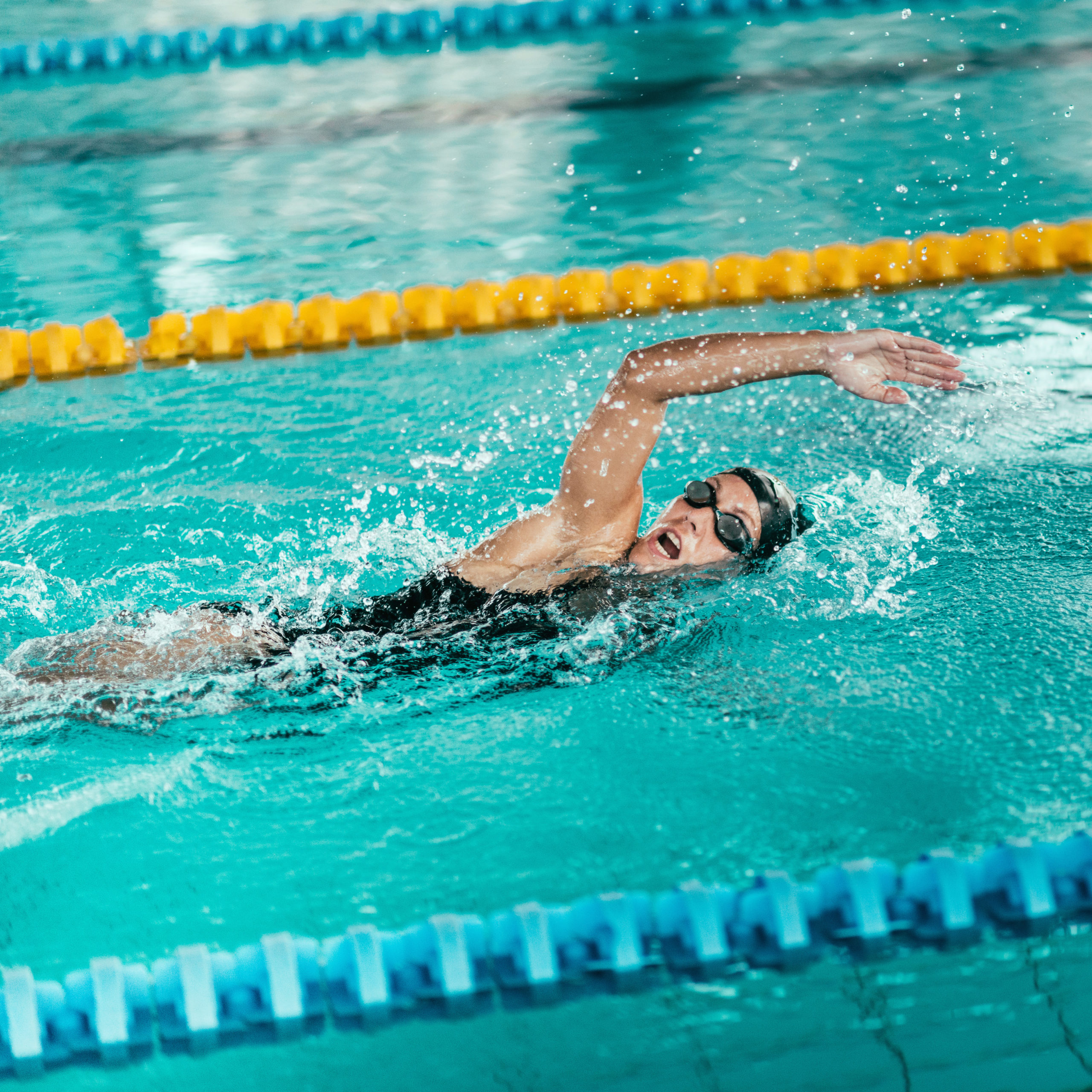
Maintenance Tips for Keeping Your Lap Pool Pristine
Keeping your swimming area pristine doesn’t have to be a chore; with regular maintenance and the right tools, it can be a breeze. The key is to focus on two main aspects: pool sanitization and the filter system.
Pool sanitization is crucial in maintaining a healthy swimming environment. It’s not just about keeping the water clear; it’s also about ensuring it’s free from harmful bacteria and algae that could ruin your swim. You’ll need to regularly use chlorine or salt-based sanitizers for this purpose.
Your filter system, on the other hand, removes debris from your pool. Ensure you’re cleaning out your filters frequently enough so they don’t get clogged up with leaves or dirt. This will keep them working at their best.
Remember, consistency is vital when it comes to lap pool maintenance. It’s far easier to maintain cleanliness than recover it once lost! So, don’t see these tasks as chores but rather an investment in many future hours of enjoyable swimming.
Frequently Asked Questions
What Are the Health Benefits of Having a Lap Pool?
Having a lap pool offers numerous health benefits. You’re improving cardiovascular fitness, strengthening muscles, and enhancing flexibility. Plus, with pool financing options available, recovery swimming after workouts becomes more accessible for you at home.
How Long Does It Typically Take to Construct a Lap Pool?
You’re probably eager to get your lap pool built. Depending on the pool financing and construction materials chosen, it’ll typically take between 8 to 12 weeks to construct a lap pool from start to finish.
What Are Some Eco-Friendly Options for Lap Pool Construction and Maintenance?
You can opt for sustainable materials like natural stone or recycled glass. Consider energy-efficient features, too. Solar heating systems and pool covers reduce energy consumption, making your lap pool more eco-friendly.
Is It Possible to Install a Lap Pool in an Existing Structure, Such as a Garage or Basement?
Absolutely, you can install a lap pool in an existing structure. However, you’ll need substantial structural modifications and budget considerations. It’s crucial to ensure the space can support the weight and water pressure.
What Are Some Innovative Lap Pool Designs That Are Popular Currently?
You’re asking about innovative lap pool designs. Currently, underwater lap pool lighting and diverse material choices are trending. Illuminated pools offer a magical night swim experience while different materials allow for unique aesthetics and functionality.

